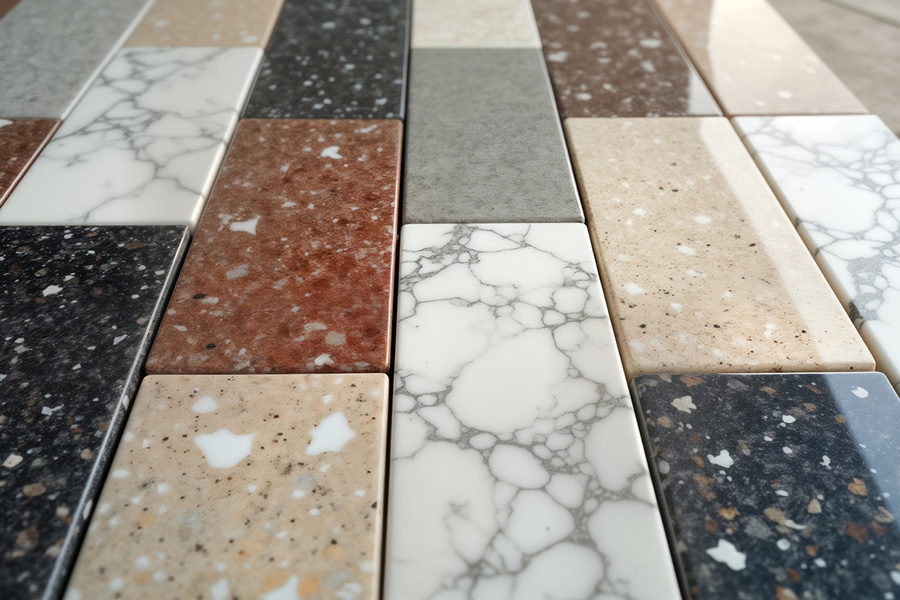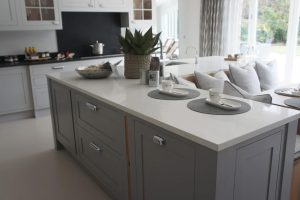Top Mistakes Homeowners Make When Choosing Countertops

The kitchen countertop is a key element of the home, a flexible workspace for a multitude of tasks, from food preparation to baking. Their significance demands ample consideration during selection to avoid troubles down the road. Unfortunately, homeowners excited by glossy upfront displays often overlook long-term realities. Common but avoidable mistakes include fixating on initial aesthetics, undervaluing durability, neglecting maintenance needs, limiting material analysis, retaining default builder options, underestimating customization complexity and costs, and failing to accommodate lifestyle factors like budget constraints. But approaching decisions consciously avoids regrets. Learn from others and sidestep these mistakes when choosing new countertops.
Getting Dazzled by Immediate Beauty
Natural marbling in granite and quartz does captivate immediately with glamorous visuals. The sparkle seduces homeowners emotionally before logic weighs in, but aesthetics-based decisions made impulsively overlook functional realities emerging over years of use. That magnificently polished stone requires intensive sealing and scratch repairs regularly or matching fancy integrated sinks during remodels limits future flexibility if later wanting to update just countertops. Focus decisions more on practical substance rather than beautiful surfaces alone to avoid regrets down the road.
Undervaluing Long Term Durability
In a similar vein, homeowners sacrifice durable materials like granite for style and promises of protection. Nonetheless, engineered alternatives eventually scratch and stain, just in less obvious ways initially. According to the experts at Bedrock Quartz, lower cost laminates seem like savings upfront, but when bubbling and peeling emerges in years, full replacements of kitchen countertops rack up expenses dwarfing small differential. Consider total costs for maintaining aesthetics over decades, not just purchase price differences today. How finishes wear impacts enjoyment and functionality long term.
Neglecting Maintenance Needs
Many owners select low maintenance materials upfront but receive inaccurate depictions. No surface stays pristine forever without basic upkeep. Over time, quartz and solid surface materials need frequent lemon-scented cleaner applications to combat oil penetration threatening gloss. Grout between ceramic tiles requires constant scrubbing to prevent staining and mildew buildup. Understand exactly what a “low maintenance” label means to best match needs.
Retaining Default Builder Options
New construction home buyers risk rushing into poor countertop decisions. Builders integrate standard laminate or ceramic tile surfaces to keep base pricing reasonable, but these seldom suit family needs long term. Laminate burns easily under hot pans while the grout between basic white tiles proves impossible to keep clean. Yet new owners move in hastily without considering functional changes. If you are buying a new construction, always upgrade default surfaces. Apply selections thoughtful for years beyond the immediate move-in.
Underestimating Customization Complexity
Home remodelers fall into another decision trap: underestimating effort in swapping out existing countertops seems simple enough. But behind walls, corners and edges live complexities threatening projects and budgets. Electrical, plumbing or structural elements may complicate removing and rebuilding the exact same footprint. What if previous materials were installed incorrectly too? Ripple effects emerge like replacing adjacent backsplashes or sinks. Look beyond the countertop itself to consider total integration. The fuller picture may influence material suggestions if major modifications accompany installation.
Conclusion: Deciding Consciously
Selecting new countertops fuels excitement for good reason – their visibility ensures enjoying surfaces daily. Yet what delights short term frustrates longer if deciding hastily, prioritizing emotional aesthetics over practicalities. Avoid homeowner regrets applying rational processes instead. Consider durability, maintenance and costs over time rather than initial impressions alone. Determine needs beyond assumed options. Visualize all customization and construction challenges hidden underneath. Approach decisions consciously, even if initially overwhelming. Perfect countertops do exist for every home. Arrive at the best fit through insight rather than impulse or assumption. Evaluate thoroughly and decide wisely.






